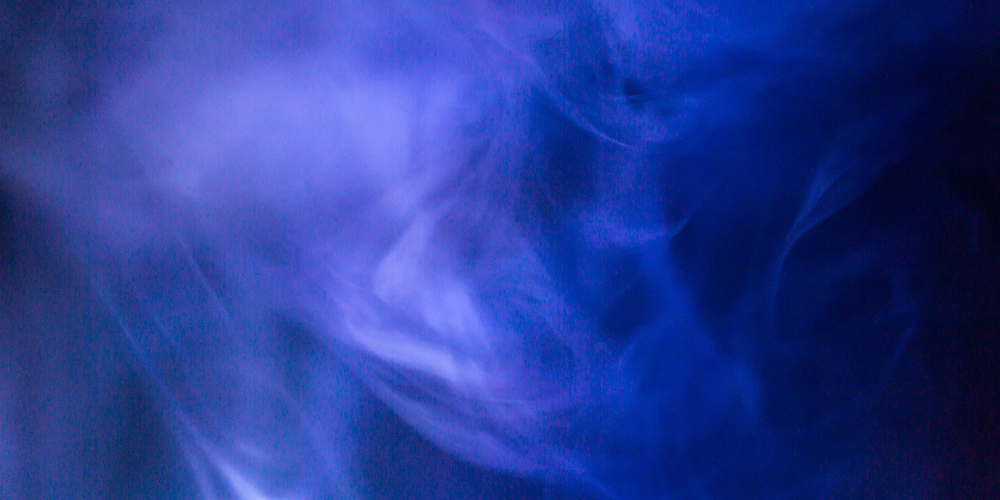Today, in educational facility management, the administrators of a growing number of non-standard buildings like auditoriums, arenas, stadiums and structures with atria or large open spaces are turning to performance-based design for substantial cost savings and enhanced safety while maintaining architectural concerns.
As an International Code Council (ICC) accepted alternative, performance-based design allows “alternate materials and methods” that offer equivalent or superior fire safety performance.
“Performance-based design is really gaining traction for architects with new design and architectural goals, which the prescriptive code cannot handle,” says David Stacy, P.E., Principal and Founder of Performance Based Fire Protection Engineering, (PBFPE), a firm providing fire protection, life safety, and cost-saving design consultation for U.S. and international structures.
Among the challenges of protecting campus theaters and sports arenas, for example, are structures with open spaces where rapid smoke detection is difficult. Detection is complicated when air is stratified, caught in voids, or is moved/removed by HVAC systems.
For high-risk building conditions, such as large-volume spaces where many occupants may be exposed to the effects of fire, the International Building Code (IBC) calls for smoke control. However, building owners and architects often want to limit the complexity and cost of these fans and systems, which can be demanding when based on prescriptive approaches.
Consequently, for a growing range of challenging projects, administrators are turning to performance-based smoke detection to reduce cost and increase safety. For open spaces such as atria, advanced aspirating smoke detector technology that draws in air and tests it at a central unit can cut cost and detect smoke at the earliest possible stage from flexibly placed, concealable sampling points.
However, Stacy points out that achieving sufficient smoke and fire control is vital to modern design approaches because with poorly designed atria, for example, smoke control and methods of detection could allow fire to quickly spread to a building’s upper stories.
“Atria can be really large volume spaces that provide a reservoir for smoke to accumulate. Walkable areas can also be close to the ceiling where the smoke develops quickly and occupants can be located,” says Stacy. “Smoke control systems are required at specific occupancies now to maintain a smoke layer long enough for people to safely egress.”
According to Stacy, on projects ranging from arenas to atria, it is usually necessary to determine the requirements and capacities of a smoke control system. In such cases, he says that he often uses an aspirating smoke detector.
In smoke detection, these advanced technologies provide early warning by aspirating – or drawing in air – from each room or area through small, flexible tubing. The air is then analyzed to identify the presence of minute smoke particles in a continuous process.
“Even in a relatively small open space, you would need an extraordinary amount of exhaust to maintain a smoke layer high enough for people to be safe. Instead, if we provide early detection, we can get people out of the space before untenable conditions occur,” says Stacy.
In addition, Stacy says that the early smoke detection provided by aspirating systems can reduce the cost and complexity of mechanical smoke control systems.
“Providing early smoke detection with an aspirating system can reduce the required exhaust capacities in open spaces like an atrium. It can also mean less mechanical components such as operable doors or louvers that need to open, which simplifies design and cost,” he says.
According to Stacy, he deploys aspirating smoke detection technology on a wide range of performance-based design goals.
“Whether the goal of the performance-based design is to maintain tenability through a smoke control system, or to look at upper layer gas temperature to see if we could reduce other features of fire protection, in about 50% of projects, we at least entertain the option of adding aspirating smoke detection technology,” concludes Stacy.
Del Williams is a technical writer based in California.
This article was written on behalf of Xtralis, a manufacturer of smoke detection, gas detection and video surveillance security products for the early detection, visual verification, and prevention of fire and intrusion threats.













